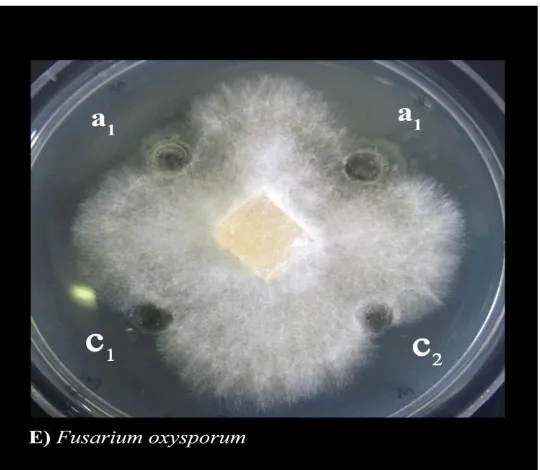Antifungal activity of recombinant rice LTP2 on some phytopathogenic fungi
Full text
Figure




Related documents
Conclusions: The results of this study showed that (1) BETAgenerated test scenarios for the different criteria follow theoretical expectations in terms of criteria subsumption; (2)
Tensile and Impact Behaviour of Shape Memory Alloy Fibre Tensile and Impact Behaviour of Shape Memory Alloy Fibre Reinforced Engineered Cementitious Composites.. Reinforced
Results: After 1 month, numerous inflammatory cells (CD20-positive B lymphocytes, CD3-positive T lymphocytes, IgA-positive plasma cells, and polymorphonuclear leukocytes)
For the dominant types of interests, the pedagogical profile presents on the first position the Social type, while the humanities and sciences profiles presents on the first place
In fünf Petrischalen (Sarstedt, Nümbrecht) wird jeweils 9 ml Medium vorgelegt und 500 µl des gelösten Pellets zugegeben. Diese Petrischalen werden nun bei 37° C und 5% CO 2 für
Auch im historischen Vergleichskollektiv wurde bei einem Patienten (1,9%) nach 3.. monatiger konventionell-endoskopischer Behandlung die Therapie
Shallow groundwater in the overflow zone (Zone 3) and middle to lower stream area (Zone 4) also has a relative high tritium content in the range of 12.1– 25.7 TU with an average
The development of geopolymer concrete (GPC), in which all of the portland cement is replaced with fly ash (in combination with sodium hydroxide and sodium silicate solutions),